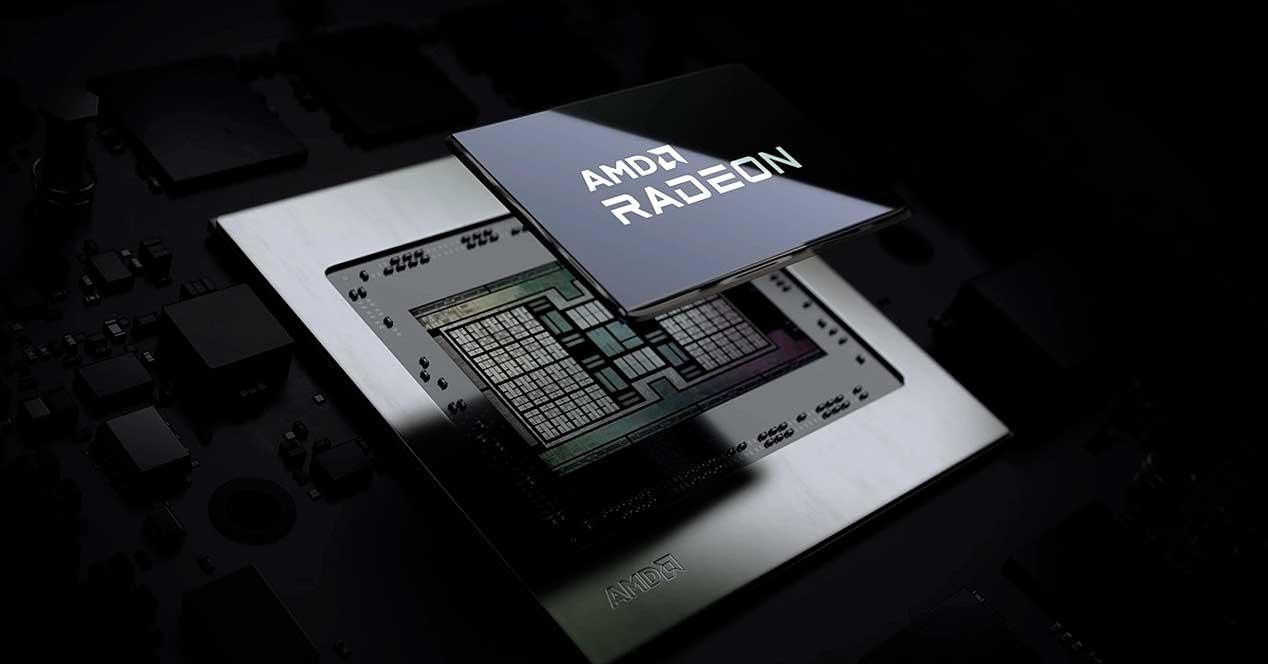The arrival of rescaling technologies has meant a great advance in terms of performance, and the main companies that are dedicated to creating graphics cards, as well as all video game developers, have seen how useful they are for the user. After the presentation of the new graphics based on RDNA 4 has become official, we know the plans amd to improve everything their hardware pieces offer, and they are actively working on developing their own hardware technology. Ray Reconstruction to try to catch up with NVIDIA’s DLSS.
There are a large number of technologies that allow us to have superior performance on a computer. If we talk about applications that have 3D rendering, one of the most important is rescaling, which uses artificial intelligence to force a lower resolution and rebuild it at a higher resolution. superior without losing quality. Both DLSS, FSR, and even

AMD will develop its own neural supersampling and denoising techniques
When we talk about technologies created for graphics cards to offer superior performance in games, it is clear that we always find two that everyone talks about, DLSS and FSRNVIDIA proposals and amd to solve performance problems that these programs may have. In this field, NVIDIA has quite an advantage because many of the aspects that this technology incorporates make use of the Tensor Cores that their graphics have to offer greater performance, something that we can see, above all, in functions related to neural techniques. to remove noise and distortions from an image.
This is the Ray Reconstructionthat NVIDIA It was introduced practically when it launched ray tracing, since it serves to improve visual effects by reducing the noise of traced images, as we have mentioned.

In this regard, AMD has to make use of a series of additional technologies to avoid having too many effects of this type in the image of a game, depending on those present in modern titles, although all this could change with the arrival of the new graphics based on the RDNA 4 architecture.
“We are actively investigating neural techniques for Monte Carlo denoising with the goal of moving toward real-time path tracing on RDNATM GPUs.”
“Our technique can replace multiple denoisers used for different lighting effects in the rendering engine by removing all noise in a single pass, as well as at low resolution.”
The biggest concern that users may have in this case is compatibility, since as we well know, FSR It offers great versatility, allowing it to be activated on practically any graph, but it is possible that this function only reaches the graphs RDNA 4 of the brand, since as we have indicated, NVIDIA, for example, uses Tensor Cores to activate it, so it would not be strange if the amd would not offer such high compatibility when having to use dedicated AI accelerators.










